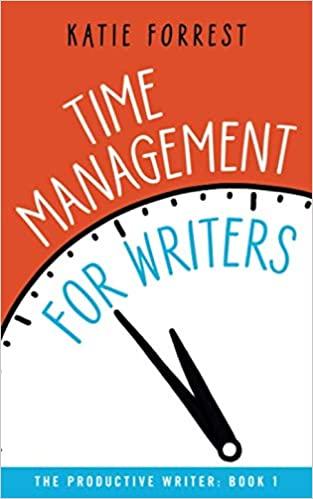Answered step by step
Verified Expert Solution
Question
1 Approved Answer
Operations management 1 . What is the primary objective of operations management? a ) Maximizing profits b ) Minimizing operational inefficiencies c ) Ensuring customer
Operations management
What is the primary objective of operations management?
a Maximizing profits
b Minimizing operational inefficiencies
c Ensuring customer satisfaction
d Expanding market share
Among the following, which is NOT one of the core principles in the S methodology frequently utilized in operations management?
a Sort
b Streamline
c Standardize
d Sustain
In the context of supply chain management, which inventory management strategy focuses on minimizing holding costs by ordering inventory only when it's required?
a JustinTime JIT
b Economic Order Quantity EOQ
c Safety Stock
d Inventory Classification
What is the primary goal of Total Quality Management TQM in operations management?
a Maximizing production output
b Minimizing production downtime
c Ensuring the highest product quality and customer satisfaction
d Reducing production complexity
Which forecasting method relies on historical demand patterns to predict future demand?
a Delphi method
b Time series analysis
c Regression analysis
d Market segmentation analysis
In a manufacturing process, the cycle time is minutes, and the demand is units per hour. How many units can be produced in hours?
a units
b units
c units
d units
A project has a net present value NPV of $ and an initial investment of $ What is the NPV per dollar invested?
a $
b $
c $
d $
A warehouse has units of inventory with an average cost of $ per unit. If the holding cost rate is per year, what is the annual holding cost?
a $
b $
c $
d $
A production line produces widgets per hour. If the line operates for hours a day, how many widgets are produced in a week?
a widgets
b widgets
c widgets
d widgets
If a company's fixed costs are $ variable costs per unit are $ and the selling price per unit is $ how many units must be sold to break even?
a units
b units
c units
d units
A project has an internal rate of return IRR of If the initial investment is $ what is the net present value NPV of the project?
a $
b $
c $
d $
A factory produces units of a product per day. If the defect rate is how many defective units are produced each day?
a units
b units
c units
d units
A company's inventory turnover ratio is times per year. What is the average number of days it takes to sell its inventory?
a days
b days
c days
d days
A manufacturing process has a defect rate of for a particular product. If units are produced, how many defective units can be expected?
a units
b units
c units
d units
A project has a payback period of years and is expected to generate annual cash flows of $ What is the total cash inflow expected from the project over its payback period?
a $
b $
c $
d $
Inventory Turnover:
What is the inventory turnover ratio if a company had $ in sales and an average inventory of $
a
b
c
d
BreakEven Analysis:
If a company's fixed costs are $ the selling price per unit is $ and the variable cost per unit is $ how many units must be sold to break even?
a units
b units
c units
d units
Net Present Value NPV:
If an investment generates cash flows of $ in year $ in year and $ in year with a discount rate of what is the NPV
a $
b $
c $
d $
Capacity Utilization:
A factory with a maximum production capacity of units is currently producing units. What is the capacity utilization rate?
a
b
c
d
Production Efficiency:
If a manufacturing process produces units in hours, what is the production rate in units per hour?
a unitshour
b unitshour
c unitshour
d unitshour
Order Quantity:
Using the Economic Order Quantity EOQ formula, if the annual demand is units, ordering cost is $ per order, and holding cost per unit per year is $ what is the EOQ?
a units
b units
c units
d units
Return on Investment ROI:
If an investment of $ generates a profit of $ what is the ROI as a percentage?
a
b
c
d
Step by Step Solution
There are 3 Steps involved in it
Step: 1

Get Instant Access to Expert-Tailored Solutions
See step-by-step solutions with expert insights and AI powered tools for academic success
Step: 2

Step: 3

Ace Your Homework with AI
Get the answers you need in no time with our AI-driven, step-by-step assistance
Get Started


